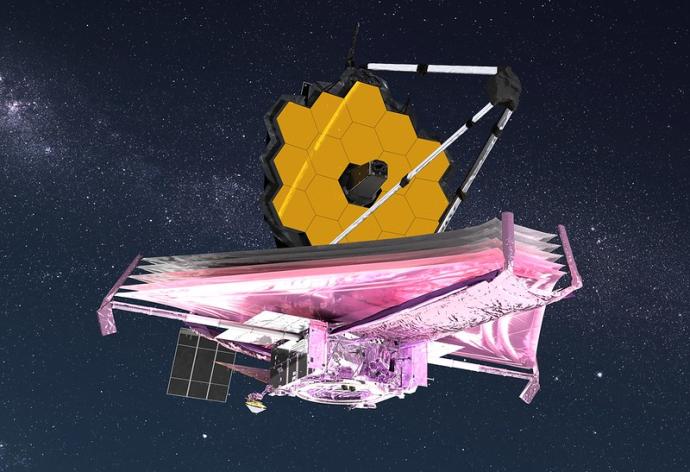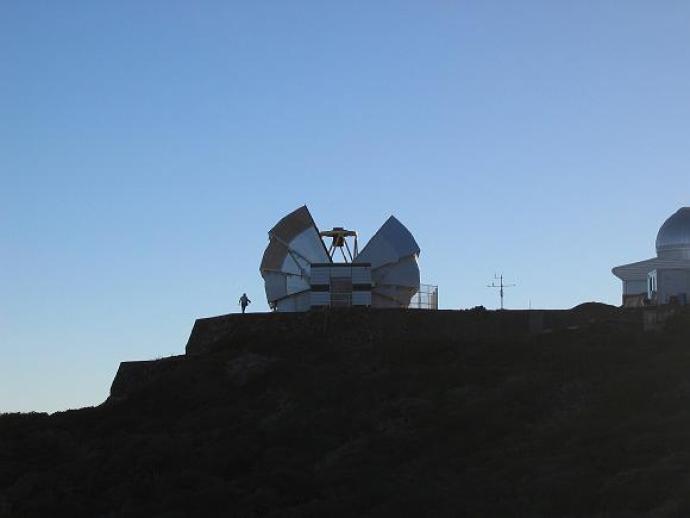Space-based Telescopes
The best thing about putting telescopes in space is that there is no atmosphere to look through!
This means that they can look at all wavelengths of light, including ones that never reach the surface of the Earth because the atmosphere blocks them out!

Ground-based Telescopes
Most telescopes used by astronomers are on Earth. We call these ground-based telescopes.
Building a telescope on Earth is much easier and cheaper than in space. It is also much easier to fix if things go wrong.

Las Cumbres Observatory
The Las Cumbres Observatory (LCO) network was founded in 2005.
It has over 20 telescopes around the world. Each one is fully robotic, so people do not need to be on site. They are controlled over the internet.

Liverpool Telescope
The Liverpool Telescope (LT) is a robotic telescope with a 2-metre-diameter mirror. Astronomers and young people all over the world use it to study the Universe.

Instruments
When people first used telescopes, they looked through them and made drawings or notes of what they saw. Then cameras were invented, and we could save this information as a picture instead.

Optics
Optics is an area of physics which looks at how light behaves and how we can observe it.
This usually involves using mirrors and lenses to magnify, focus, and direct the path of light.

Observatories
An astronomical observatory is a place or building used to look at events in space. They can contain just one telescope, but some have more than twenty.

